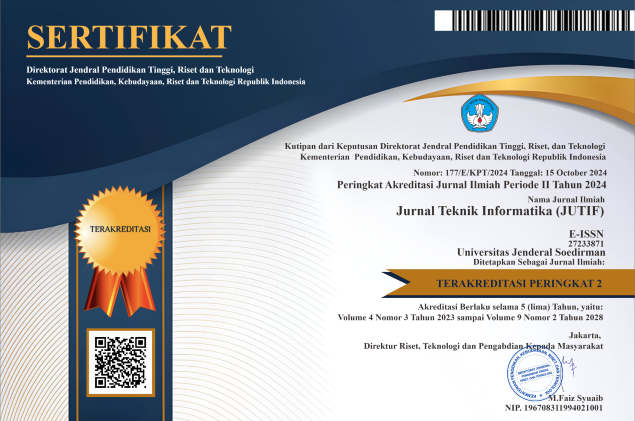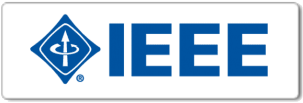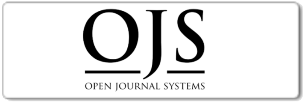A Study Concentration Selection With a C4.5 Algorithm, KNN, and Naive Beyes
DOI:
https://doi.org/10.52436/1.jutif.2025.6.4.4157Keywords:
Course Selection, Decision Tree, K-Neareset Naighbors, Naïve BeyesAbstract
The course of concentration is a crucial aspect for students at the university amikom purwokerto.This decision doesn't just affect their academic journey., but also determine their readiness in the face of the working world.Various factors that affect the concentration selection, the challenges that students face, as well as solutions to help them choose concentrations that fit their interests and career goals.There are still many students who have been confused in deciding which courses best fit their interests and career goals..This confusion is often caused by a lack of adequate information and proper guidance. This study attempts to analyze the lecture amikom purwokerto concentration of students in the universities of the use of the method c4.5 algorithm 3, k-neareset naighbors and naïve beyes. Academic student data used as the basis analysis to determine the dominance in the lecture concentration.Of the result of the research uses phon 60,24 % decision is, there are using k-neareset naighbors 75.36 % and use naïve beyes 100,00 % there are, the prediction could be the basis for deciding the lecture the concentration by mainstream student.The result is expected to help the university in recommended it to students study concentration related to the election.
Downloads
References
L. Swastina, “Penerapan Algoritma C4 . 5 Untuk Penentuan Jurusan Mahasiswa,” vol. 2, no. 1, 2013.
F. Nasari, S. Informasi, P. Keputusan, and D. Selection, “Penerapan algoritma c4.5 dalam pemilihan bidang peminatan program studi sistem informasi di stmik potensi utama medan,” pp. 30–34, 2014.
D. Anggraeni, A. Z. Syah, and S. Informasi, “Tips Dan Trik Membangun Relationship Dan Query Dalam,” vol. 1, no. 2, 2018.
A. I. Tarigan, “Model Optimasi Pemetaan Mata Kuliah Berprasyarat Untuk Rencana Studi Mahasiswa ( Studi Kasus Program Studi Matematika Fmipa Ut ).”
. Studi, T. Informatika, U. Harapan, and M. Sumatera, “Decision Tree Penentuan Masa Studi Mahasiswa Prodi Teknik Informatika ( Studi Kasus : Fakultas Teknik dan Komputer Universitas Harapan Medan ),” vol. 5341, no. April, pp. 16–24, 2018.
M. S. Sinambela, E. Rosely, F. I. Terapan, and U. Telkom, “THE DECISION SUPPORT SYSTEM FOR SUBJECT SPECIALIZATION STUDENTS IN,” vol. 2, no. 3, pp. 858–866, 2016.
D. Anggraeni, and T. Christy, Analisa Kinerja Algoritma C4.5 Dalam Menentukan Pola Dominasi Mainstream Mahasiswa. Vol, 6 No. 4, pp. 333-334, 019.
Shrooq Algarni et al., “Systematic Review of Recommendation Systems for Course Selection,” Machinel Learning & knowledge extraction., Vol 5, no. 3, pp. 560–596. doi: 10.3390/make5020033.
Christine Lahoud et al., “A comparative analysis of diferent recommender systems for university major and career domain guidance.” Education and Information Technologies., Vol 7, no.6, pp. :8733–8759. Doi: 10.1007/s10639-022-11541-3.
Normah et al., “Comparison of Classification C4.5 Algorithms and Na¨ıve Bayes Classifier in Determining Merchant Acceptance on Sponsorship Program.” Journal of Physics: Conference Series., Vol 3, no. 4, pp. doi:10.1088/1742-6596/1641/1/012006.
Vraj Sheth et al., “A Comparative Analysis of Machine Learning Algorithms for nce on Innovative Data Comm.” Procedia Computer Science., Vol 4, no. 4, pp. doi: 215 (2022) 422–431.
Additional Files
Published
How to Cite
Issue
Section
License
Copyright (c) 2025 Muhammad Busyro, Tri Astuti, Deuis Nur Astrida

This work is licensed under a Creative Commons Attribution 4.0 International License.



























